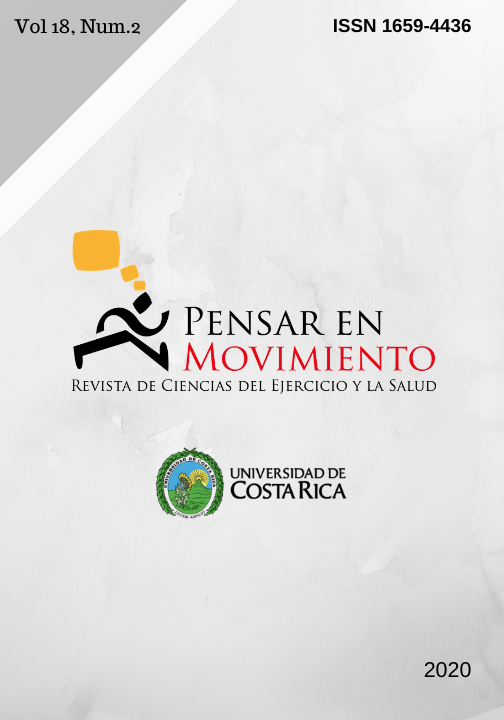Abstract
Prediabetes is a metabolic condition that, if untreated, can progressively develop into type 2 diabetes. To reverse the process, a multidisciplinary treatment is required including lifestyle improvement, a healthy diet and exercise. The aim of this systematic review was to study the best exercise alternatives for prediabetes remission. Continuous Aerobic Training (CAT), Resistance Training (RT), and High Intensity Interval Training (HIIT) were compared. The search was conducted in Web of Science, PubMed, Scopus, and SportDiscus in May 2019 and included experimental and pre-experimental studies with prediabetic participants having any of the aforementioned types of training and using anthropometric and/or biochemical outcomes. A total of 231 records were obtained, from which 11 met the inclusion criteria. Results showed that CAT, RT, and HIIT improved in metabolic and anthropometric prediabetic indicators in trials from 13 days to 16 weeks with a frequency of 2 to 5 times/week. Some of the studies did not find any significant differences. In addition, the vast diversity of methodologies implemented could have caused bias. Glycosylated hemoglobin (HbA1c) is recommended for future trials with a minimum of a 12-week intervention to reduce the risk of bias.







